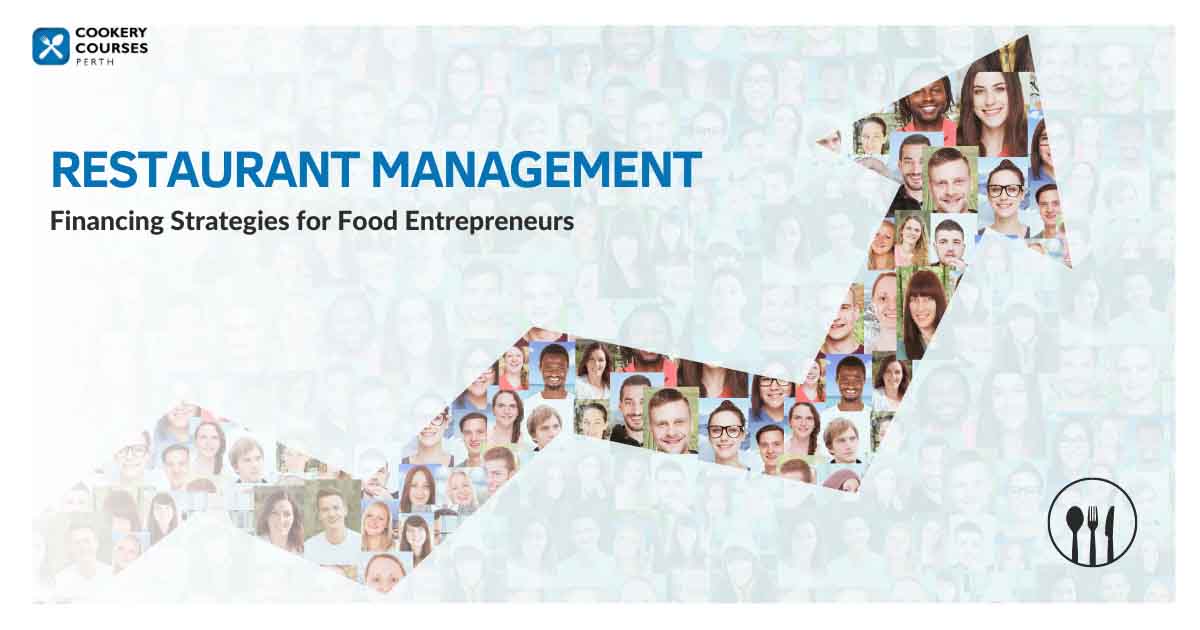Starting a Food Business in Australia – Hire Top-Notch Staff

In the midst of a global culinary renaissance, the food and dining industry is experiencing unprecedented growth in Australia. As restaurants flourish and culinary entrepreneurs launch innovative dining concepts, there’s an unintended consequence: a shortage of skilled restaurant personnel. Talented restaurant workers now have the freedom to choose their workplaces and dictate their terms.
As of the beginning of 2019, the food service industry grappled with staggering employee turnover rates of up to 75%. In the fast-food sector, this number skyrocketed to a disconcerting 130-150%. This crisis isn’t confined to specific job roles; it touches both front-of-house and managerial staff, with 42% of the former leaving within three months and 43% of the latter departing within a year.
The Impact on Business
Employee turnover represents a substantial financial burden for restaurant owners, costing an estimated $3,500 per departure, accounting solely for recruitment and training expenses. Moreover, staffing shortages have a detrimental impact on business performance and employee well-being. As owners scramble to fill vacancies, existing staff members must often shoulder extra responsibilities, leading to burnout and departures of their own. Consequently, a single employee’s exit can trigger a domino effect.
Guests also bear the brunt of this crisis, experiencing subpar food quality, inconsistent service, or reduced hours of operation. Customer dissatisfaction is a clear consequence of understaffed establishments.
Not surprisingly, many restaurants, particularly fast-food establishments, are turning to automation, including robots and ordering kiosks, to mitigate these challenges. Experts predict that fast food will be among the first industries to succumb to automation.
Apply Here: Certificate III Commercial Cookery
Understanding the Exodus
Numerous factors drive the high employee turnover rates in the restaurant industry:
- Seasonality: Restaurants frequently hire additional staff for busy summer months, but these temporary employees often depart when the season ends.
- Young workforce: A substantial portion of restaurant employees consists of teenagers or college students seeking temporary employment, leading to a transient workforce.
- Abundant opportunities: The thriving industry has created a surplus of employment options, fostering a “free agent” mentality among employees.
- Management issues: Common reasons for employee departures include feeling undervalued, lacking a sense of purpose, limited growth prospects, disagreement with management styles, strained relationships with coworkers, and a lack of empowerment.
Apply Here: Certificate IV Commercial Cookery
Keeping Employees Happy
To retain restaurant employees and create a stable, motivated workforce, consider the following strategies:
- Conduct exit interviews: Learn why employees are leaving and seek opportunities for improvement through open, humble conversations.
- Respect schedules: Review shift schedules to avoid overworking employees, accommodate their preferences, and maintain a healthy work-life balance.
- Salary review: Offer competitive compensation packages, benchmarking against industry wages, and rewarding hard work and loyalty.
- Employee recognition program: Foster a sense of belonging and motivation by implementing recognition programs, and rewarding contributions with plaques, prizes, or bonuses.
- Well-being focus: Create a supportive environment where employees feel valued and can openly discuss their expectations.
- Growth opportunities: Provide regular performance reviews, set clear goals, and offer advancement prospects to keep employees engaged.
- On-the-job training: Enhance employee skills with ongoing training, covering areas such as point-of-sale systems, service, menu knowledge, food safety, and industry trends.
- Effective hiring: Choose candidates who align with your company’s vision, evaluate their references, and seek individuals with relevant experience, open-mindedness, teamwork skills, and a positive attitude.
In conclusion, the restaurant industry faces a severe staffing crisis marked by high employee turnover rates. By implementing these strategies, restaurant owners can attract and retain top-notch staff, fostering a more stable and prosperous food business.
Recent Post

Transform Your Career Trajectory With Commercial C
Apr 04, 2024

Interesting Facts About Commercial Cookery Courses
Mar 04, 2024

6 Tips to Manage the Restaurant Kitchen Efficientl
Feb 06, 2024

Top Soft Skills Seeks In 2024 By Employers
Jan 15, 2024

Advantages of a Commercial Cookery Certification
Dec 12, 2023

Nov 21, 2023

Transform Your Passion for Baking into a Flourishi
Nov 17, 2023

Distinguishing the Roles: Chef vs. Kitchen Manager
Sep 18, 2023

Starting a Food Business in Australia – Hire
Sep 04, 2023

Financing Strategies for Food Entrepreneurs : Navi
Aug 22, 2023
CONTACT US
We are always happy to help out whatever way we can
